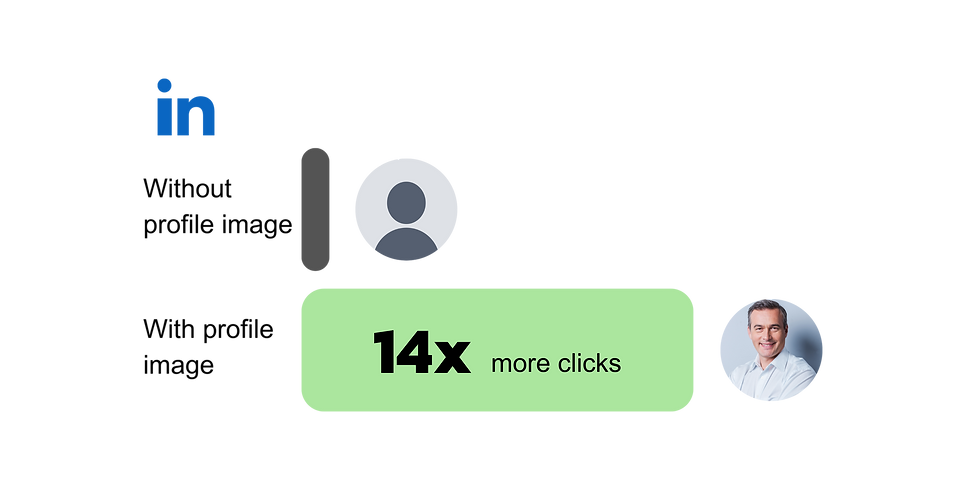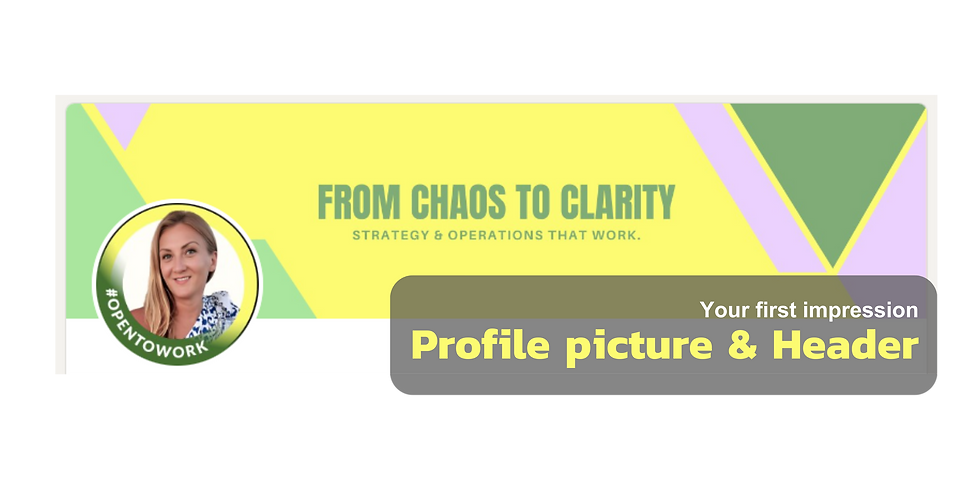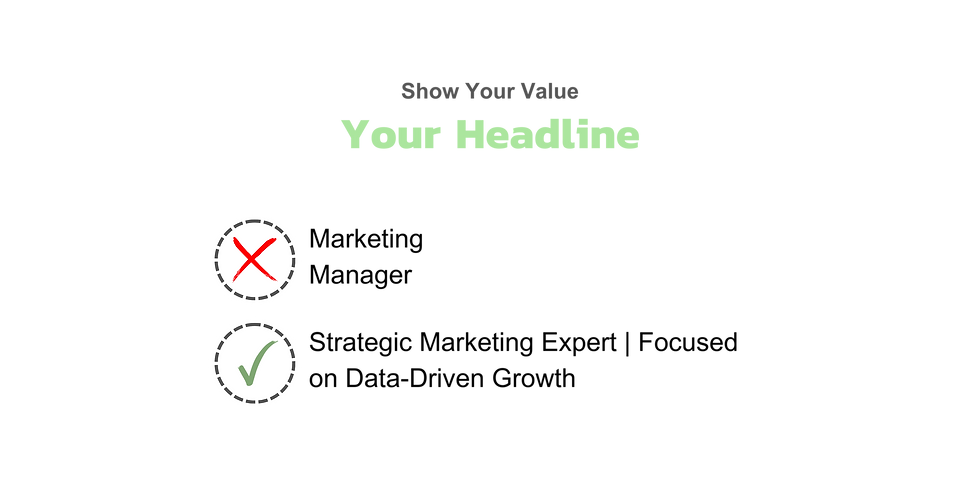Creating and Optimizing a Successful LinkedIn Profile: Your Key to Visibility and Career Opportunities
- Alexandra Zilke

- May 8
- 4 min read
In today’s world, where professional networking is more important than ever, LinkedIn is much more than just a digital résumé. A well-crafted LinkedIn profile is your personal stage to present yourself, build connections, and seize career opportunities. Yet, many users still don’t tap into its full potential. A strong profile can be the deciding factor when it comes to making a great first impression, standing out, and ultimately driving your professional success.

Why an Optimized LinkedIn Profile Is Essential Today
A powerful LinkedIn profile can mean the difference between being overlooked and being remembered. With over 900 million members worldwide, LinkedIn is not just a vast network of potential employers and partners—it’s also a highly competitive space. To stand out, you need more than a complete profile. You need to position yourself as an expert and make a lasting impression.
1. Profile Picture and Header – The Visual First Impression
The first thing people notice on your profile is your photo—and first impressions count. There’s no room for compromise here. Your photo should be professional and authentic. Aim for a well-lit, clear image with a friendly yet confident expression.
Did you know? Profiles with a professional photo get 14 times more views than those without one.

Your header image is equally important. It’s the banner behind your profile photo and a great opportunity to visually convey your professional identity. Use this space to highlight your core strengths or career mission. A relevant, well-designed header image adds cohesion to your profile and gives it a personal touch.
Want to know how to create the perfect header? Check out: “The Ideal LinkedIn Header – Tips for Maximum Impact”

2. The Headline – Your Personal Brand in 120 Characters
Your headline is the second thing people see—and you only get 120 characters to make it count. Instead of just listing your job title, craft a message that shows what sets you apart and how you bring value to your network.
Instead of “Marketing Manager,” say something like:
“Strategic Marketing Expert | Driving Data-Driven Growth and Digital Transformation for E-Commerce Brands”

This makes your expertise clear and speaks directly to potential partners and employers.
Need help refining your headline? Read: “Less Is More – Your LinkedIn Headline as a Brand Message”.
3. The About Section – Tell Your Story
The “About” section is your chance to share your professional journey. This is where you go beyond facts and job titles and explain what makes you unique, what you’ve accomplished, and where you’re headed.
Don’t just list your past roles. Tell a story. Show how your experiences have shaped you into the expert you are today.
Highlight key projects or challenges you’ve tackled. Use specific examples to demonstrate your skills—people connect with stories, not just resumes.
Learn how to write a compelling “About” section: “Telling Your Story – How to Craft an Authentic About Section”.
4. Work Experience – More Than Just a Job List
Your “Experience” section is one of the most important parts of your profile. Go beyond listing responsibilities—highlight achievements and results.
Example: Instead of “Responsible for social media campaigns,” say:“Led social media campaigns that increased brand awareness by 35% and boosted revenue by 15%.”

Numbers speak volumes. They show the real impact of your work.
Want to present your experience more persuasively? Read: “Make Your Work History a Story – Not Just a List”
5. Recommendations and Skills – Build Trust Through Social Proof
Recommendations and endorsements are powerful tools to build credibility. Feedback from colleagues, managers, or business partners adds a layer of authenticity to your profile.
If you haven’t received any recommendations yet, don’t be afraid to ask. A well-timed, thoughtful recommendation can truly set you apart.
In the “Skills” section, only list skills that are relevant to your goals. Recruiters often search by these, so choose wisely.
Discover how to collect meaningful recommendations: “Recommendations & Endorsements – Building Trust on LinkedIn”.
6. Your Network – Quality Over Quantity
A well-optimized profile is only half the battle—your network is the other. But it’s not about having the most contacts; it’s about having the right ones. Connect with people who share your professional interests or can help you grow.
Join groups, take part in discussions, and actively engage in your field.
Looking to build a meaningful network? Check out: “Networking on LinkedIn – Building Relationships That Matter”
7. LinkedIn Activity – Boost Your Visibility
Your profile only works if you’re active. Post regularly, share relevant content, and engage with others. By commenting on industry trends or offering your own insights, you can position yourself as a thought leader.
React to posts, contribute to discussions—this not only improves your visibility but also makes you more valuable to your network.
Learn how to grow your reach: “Get Active on LinkedIn – How to Increase Your Visibility”

Your LinkedIn Profile Is the Foundation of Your Success Story
Your LinkedIn profile is more than just a digital business card. It’s your opportunity to shape your personal brand, grow your network, and open doors to new career opportunities. By following these steps, you’ll attract more views, build stronger connections, and stand out as a true expert in your field.
Now it’s your turn: Go through your profile step by step and apply these tips. Start with your photo and headline, then move through each section. And remember—your profile is a living document. Keep it updated and let your growth show.



Comments